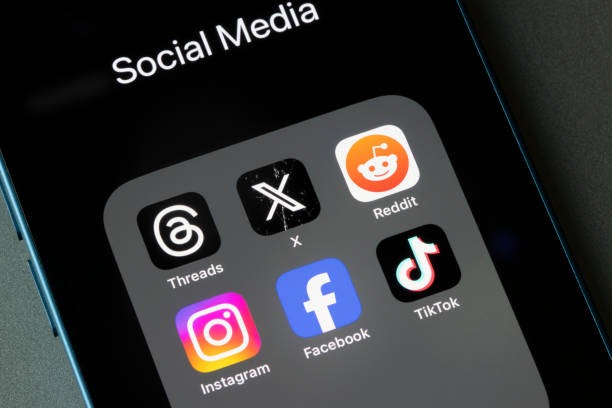In the digital age, social media platforms have become an integral part of our lives, shaping how we interact, communicate, and even perceive one another. Among these platforms, Instagram stands out as a visual-centric hub where users share snippets of their lives through photos and videos. One striking feature that has emerged as a hallmark of this platform is the “like” button—a seemingly simple interaction that has evolved into a powerful currency for measuring social credibility.
Likes on Instagram are no longer just indicators of appreciation; they have transformed into symbols of validation and status in the online world. For many users, accumulating likes is more than just a matter of ego—it’s about building an image that resonates with peers and followers. The number attached to each post often serves as tangible proof of popularity or influence. Whether it’s an influencer promoting products or an everyday user sharing moments from their life, those little hearts hold significant weight in defining one’s standing within their community.
The psychology behind Instagram likes is rooted in human nature’s desire for approval and belonging. When someone receives likes on their content, it triggers the brain’s reward system by releasing dopamine—the same neurotransmitter responsible for feelings of pleasure soundcloud smm panel and satisfaction. This positive reinforcement encourages users to continue posting content that garners similar reactions, creating a cycle driven by external validation.
For brands and businesses using Instagram as a marketing tool, likes act as metrics to gauge engagement levels and audience interest. A high like count signals trustworthiness and appeal—qualities essential for building relationships with customers in today’s competitive marketplace. Influencers leverage this dynamic further by showcasing posts with substantial engagement numbers to attract collaborations with companies seeking authentic connections with target audiences.
However, this reliance on likes also comes at a cost. It can lead to undue pressure on individuals to curate idealized versions of themselves or chase trends solely for attention rather than authenticity. Recognizing these potential downsides, Instagram introduced features allowing users to hide like counts if they choose—acknowledging the need for healthier interactions while still maintaining its core functionalities.
Ultimately, Instagram likes serve as both mirrors reflecting societal values around recognition and tools enabling self-expression in modern culture.




